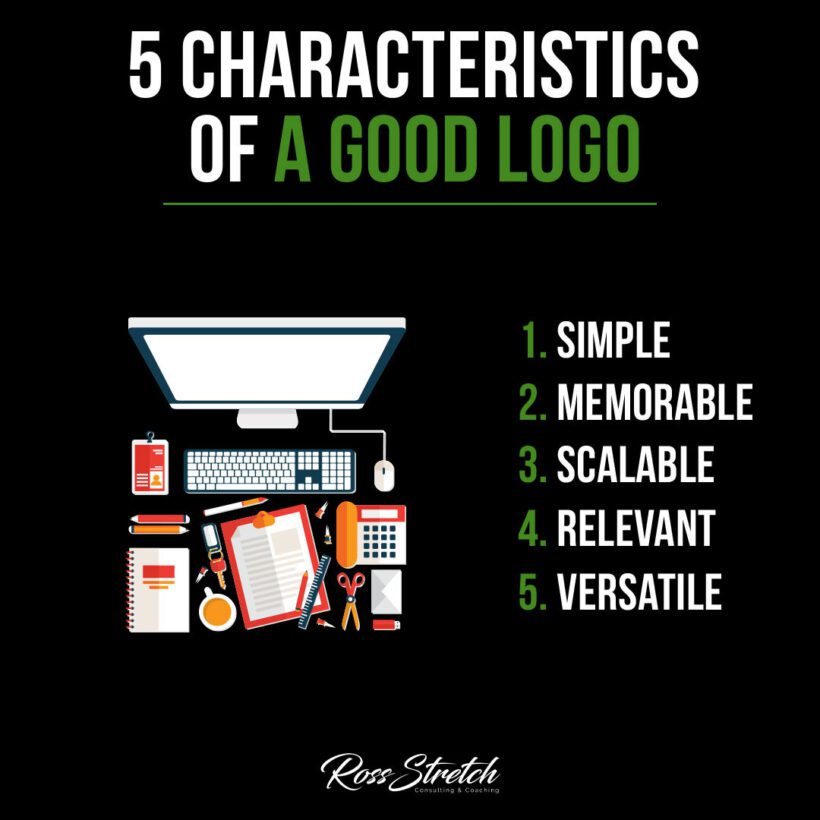A logo is not just a random mark. It serves as the face of a brand, embodying its essence and communicating its values to the world. A well-designed logo can elevate a brand from the masses, creating a memorable identity that resonates with consumers. But what makes a logo truly effective? Here we dissect the five critical characteristics that distinguish a good logo from the rest.
Simplicity: The Heart of Iconic Logos
Simplicity is the cornerstone of great logo design. A simple logo is not only easily recognizable, but it’s also extremely memorable. Simplicity in design ensures that a logo can be understood and appreciated by audiences regardless of cultural or linguistic backgrounds. It’s about distilling the brand’s essence into its most basic form without losing its meaning.
Memorability: Staying in the Minds of Consumers
A logo should be memorable, leaving a lasting impression on anyone who sees it. Memorability is achieved when a logo is simple yet powerful enough to remain in the consciousness of the audience after just a brief interaction. This characteristic ensures that the logo brings the brand to mind instantly when consumers are making choices.
Scalability: Versatile Across All Media
A logo must maintain its integrity whether it’s on a gigantic billboard or a tiny smartphone screen. Scalability means that a logo is legible and effective at any size. This is crucial in today’s multi-platform world, where a brand’s logo will appear across various media, from print to digital.
Relevance: Reflecting the Brand’s Core Values
Relevance is about ensuring that the logo resonates with the target audience and reflects the brand’s core values. A good logo should tell a story about the brand, convey its personality, and communicate the brand’s message effectively. This requires a deep understanding of the brand’s industry, audience, and unique value proposition.
Versatility: Adaptable to Any Situation
Versatility in logo design refers to the logo’s ability to work across different mediums and applications. A versatile logo can be printed in color or black and white, rendered on textured backgrounds, or even animated for digital use. It must look equally compelling on a business card as it does on a website header or product packaging.
The Process of Logo Design
Creating a logo that embodies these five characteristics is a process that requires creativity, strategic thinking, and technical skill. It often involves researching the brand, sketching out ideas, refining concepts, and testing the design in various contexts.
The Impact of a Well-Designed Logo on Brand Perception
The right logo can significantly affect how a brand is perceived. It can communicate professionalism, innovation, reliability, or any number of brand qualities. Moreover, it can distinguish a brand in a crowded market and can be instrumental in driving brand loyalty.
In Conclusion: The Power of Effective Logo Design
A logo is a visual shorthand for a brand’s identity. When a logo embodies simplicity, memorability, scalability, relevance, and versatility, it becomes an invaluable asset to the brand’s overall marketing strategy. In the end, a good logo is an investment that pays dividends throughout the life of a brand.


